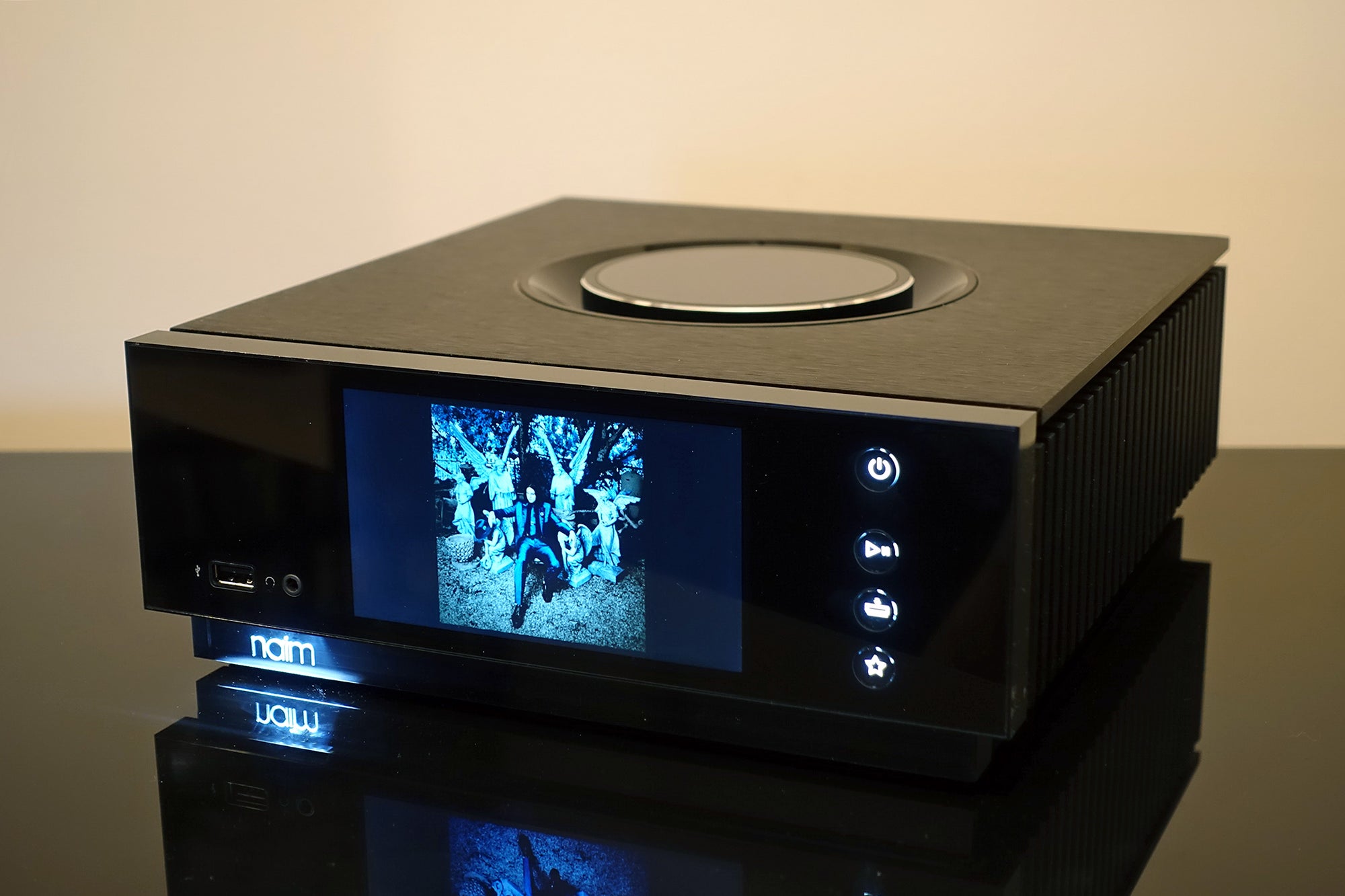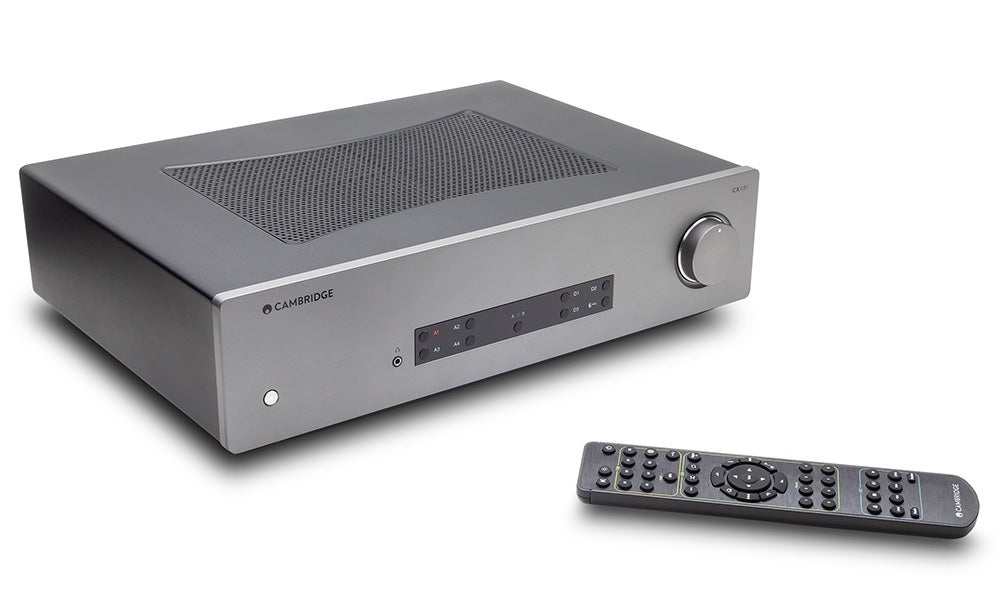iFi iDSD Diablo 2 Review
Has the Great Satan become even greater?






Verdict
Not for everyone, and not without a little issue or two… but the iFi iDSD Diablo is nevertheless a monumental upgrade for your desktop audio system.
Pros
- Fluent, balanced, and convincing sound
- Big specification
- Fine standard of build and finish
Cons
- Others sound weightier and more dynamic
- Slightly picky about partnering headphones
- Irritatingly short cables
Key Features
- Bluetooth 5.4 with aptX LosslessLossless audio over Bluetooth
- Multiple modesSwitch between DAC/headphone amp, pure DAC, analogue headphone amp modes
- iE MatchThree gain settings to match with headphone impedance
Introduction
There’s an iFi headphone amp/DAC at every price-point from around £80 to the thick end of £4000. Within that extensive range, though, the original iDSD Diablo always stood out as an especially potent performer at the asking price.
Naturally enough, iFi has binned it off in favour of this replacement: new look, pumped up specification and bigger price. Has it been worth the effort? Is it worth your money?
Availability
The iFi iDSD Diablo 2 is on sale now for £1299. It’s a slightly less hair-raising $1299 in the United States, while in Australia you’re looking at AU$2199. Which, I think we can all agree, is plenty to be spending on a desktop audio component…
Design
- 9 x 85 x 166mm (HxWxD)
- 455g
- ‘Wings’ and ‘rails’
iFi has reworked the design of the Diablo quite thoroughly for this second generation. The broad dimensions (9 x 85 x 166mm, HxWxD) are the same, but the smooth finish of the original is gone in favour of a bumpy arrangement of 22 rails that apparently assist in keeping the iDSD Diablo 2 cool. Eight of these rails can accept one of the four wings iFi supplies – these can help position the device either horizontally or vertically.
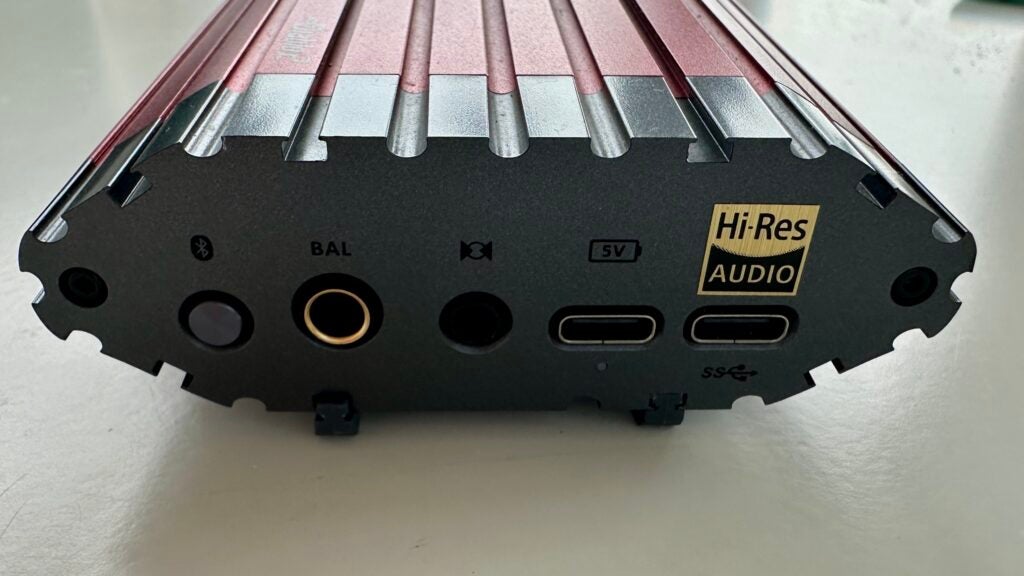
The iDSD Diablo 2 is supplied with an iTraveller carrying case. As well as the device itself, the case has room for the iPower 2 mains power adapter and a selection of cables: USB-C / USB-C (choose from ‘short and braided’ or ‘helpfully longer’), and USB-C / Lightning (just ‘short and braided’), along with a USB-C / USB-A adapter, 3.5mm / 6.3mm adapter and a Toslink optical adapter.
Features
- Dual-core Burr Brown DAC
- Bluetooth 5.4 with aptX Lossless
- Balanced and unbalanced outputs
At the same time as extending its specification, iFi has managed to make the iDSD Diablo 2 a rather neater desktop proposition – so in this respect alone, its feature-set is a win/win.
On the inside, iFi has deployed a dual-core Burr Brown DAC chipset to take care of business. This means the Diablo 2 has support for every major (and several minor) file types, of up to 768kHz and DSD512 resolution – it’s capable of full MQA decoding too.
Supporting this are several features all designed to enhance performance: OptimaLoop intends to minimise distortion and phase effects, PureWave refers to the device’s dual-mono analogue amplification architecture, and Servoless DirectDrive refers both to the direct nature of the signal path and its absence of coupling capacitors.
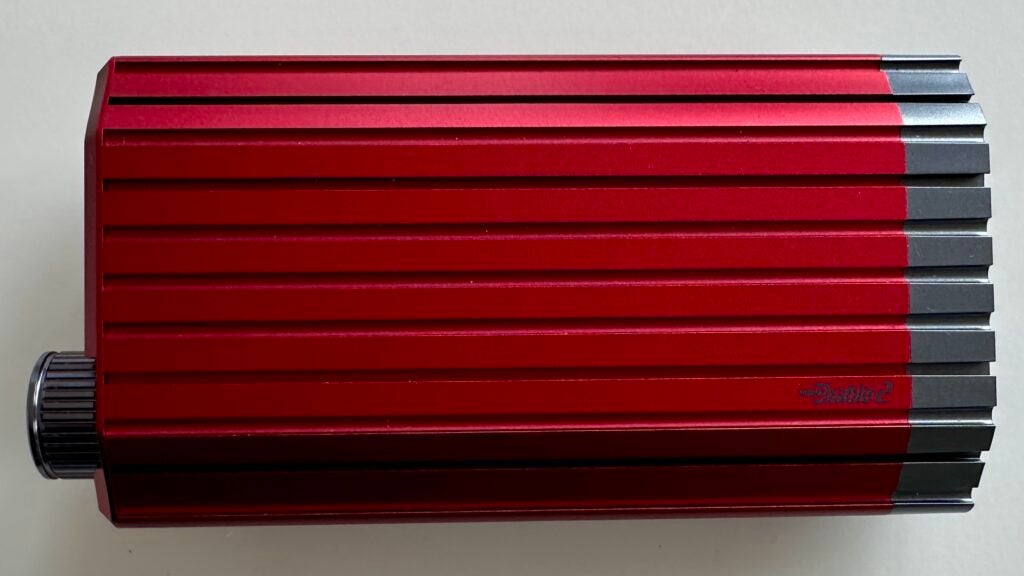
Power, according to iFi, is a heady five watts – which really should be more than enough to drive even the most uncooperative headphones. iFi’s methodology when it comes to measuring power is the subject of much online debate, though – but it’s in the nature of online debate to have no real sense of the rights and wrongs, of course. I suppose it only becomes an issue in the real world if the iDSD Diablo 2 proves unable to drive tricky headphones…
The iFi uses Bluetooth 5.4 for wireless connectivity, and it’s compatible with, among many others, the aptX Lossless codec. That’s the theory, anyway – I found it difficult to tell, to be honest, as I will discuss in the sound quality section. There’s a button to initiate pairing on the rear of the iDSD Diablo 2 – and this is also where you’ll find a 4.4mm balanced line-level input, a hybrid 3.5mm input for either digital optical or digital coaxial inputs, and two USB-C sockets.
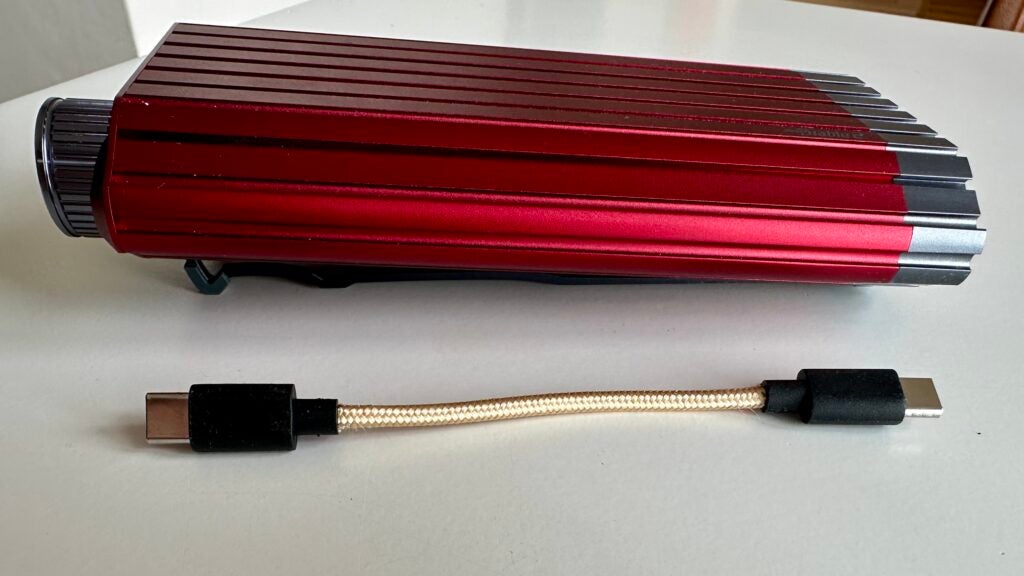
One is for charging the battery, the other for data transfer. The received wisdom is that battery power is the cleaner and better way to drive a product like this, but iFi reckons its iPower 2 adapter is low-noise and effective too. The ability to connect directly to USB-C for data transfer is a big improvement on the original Diablo, which required an inelegant collection of cables and adapters to do the same.
On the front there are 6.3mm unbalanced and 4.4mm balanced headphone outputs. There’s a switch above the latter to let the Diablo 2 know whether you’ve attached xMEMS headphones. Normal, Turbo and Nitro are the racy descriptions given to the positions of the power output switch that’s next on the fascia (when reading from left to right), and then there’s a single LED that lets you know what’s what as regards file size (for wired connections) or Bluetooth codec (for wireless).
A big analogue volume control, with sliding lock, completes the line-up. The bottom of the chassis has another three-position IEMatch switch, for use with in-ear monitors – select from Off, 4.4 and 6.35.
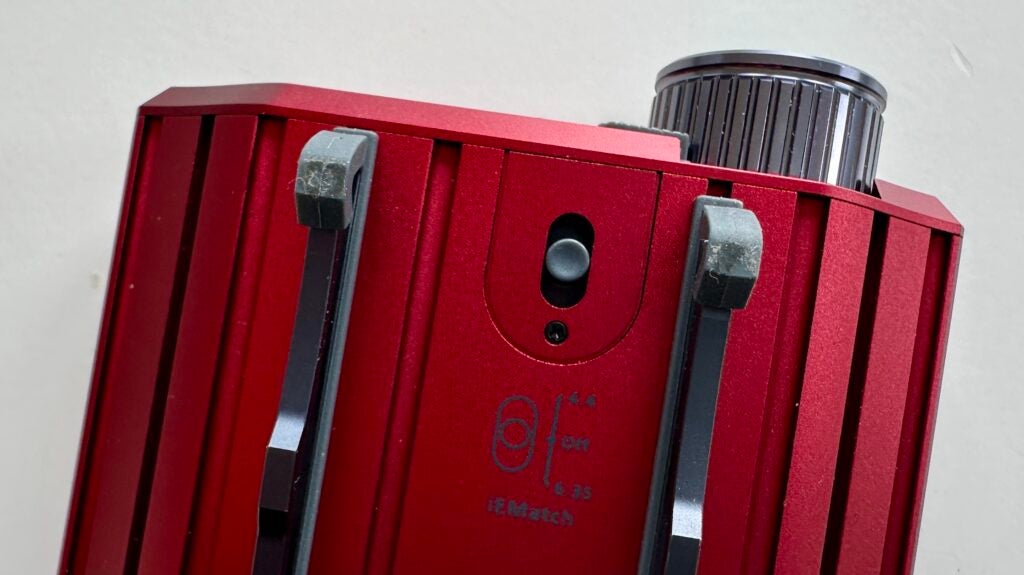
Sound Quality
- Positive, articulate and revealing sound
- Low frequencies are fast rather than chunky
- Not the most dynamic performer
The iFi iDSD Diablo 2, of course, is willing to deal with audio content of any type and any file size, from wired or wireless sources. It’s happy to power headphones of many different types, too. And so this test is conducted using several pairs of headphones, a number of different sources and many different types and sizes of digital audio files.
And while there are perceptible differences, the overall stance and attitude of the iDSD Diablo 2 is apparent throughout. It’s a rapid, direct, and excitingly detailed listen, with just as many pertinent observations to make about a 16-bit/44.1kHz file of The Jam’s That’s Entertainment as a 24-bit/192kHz FLAC file of All the Good Girls Go to Hell by Billie Eilish. It’s balanced and responsive and puts the emphasis just as squarely on enjoyment as it does analysis.
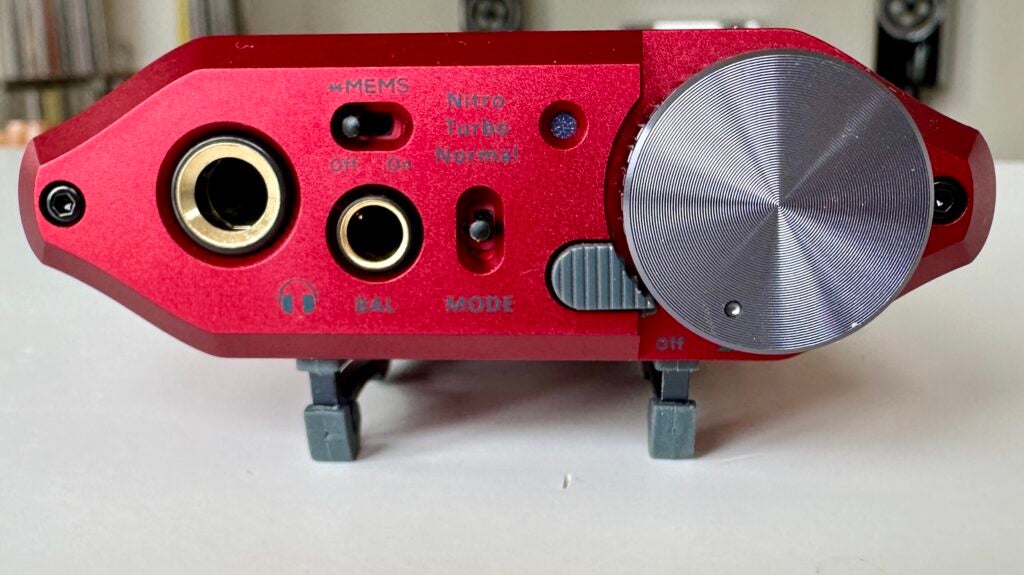
The soundstage it creates is open, organised, and believable, with every element of a recording given the breathing space in which to properly express itself. Space is available in every direction, but the iFi manages to unify a recording and make it sound whole and singular even while it opens it up for your inspection.
Its tonal balance is neutral and natural – although if paired with unsympathetic headphones it can get a little bright and overconfident at the top of the frequency range. In every circumstance it gives low frequencies nice straight edges and keeps momentum high – but while this helps rhythmic expression and overall pace no end, it means the iDSD Diablo 2 isn’t the out-and-out punchiest listen around.
Low frequencies have depth, detail, and texture – but they’re not what you might call substantial. From the top of the frequency range to the bottom, though, it’s fundamentally even and consistent. Detail levels are high at every stage, and through the midrange in particular the iFi communicates with real eloquence.
Actual power-output notwithstanding, it’s worth noting that the iDSD Diablo 2 sounds pretty loud even if its numerous gain controls are at their lowest setting. A knock-on effect of this seems to be a slight inhibition of dynamic headroom – the low-level dynamics and harmonic variations are identified and contextualised without alarms, but when it comes to big shifts in volume or intensity, the iFi hasn’t left itself much space in which to operate. What should be quiet-to-loud ends up being loud-to-louder-still, and there’s a slight lack of dynamic expression as a result.
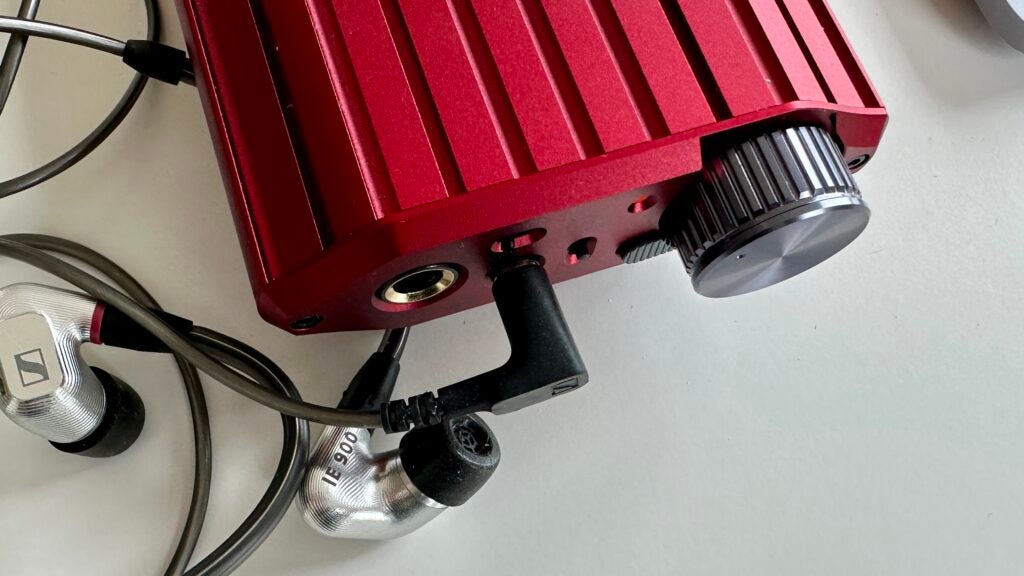
Using a wireless connection from a smartphone to the iDSD Diablo 2 makes for, in broad terms, very similar results. An iPhone will always be hamstrung by Apple’s bloody-minded insistence that AAC is as good a Bluetooth codec as anyone deserves, of course, but Android alternatives fare a little better.
It’s worth noting that an Asus smartphone alleged to have aptX Lossless capability gives every indication of streaming to the iFi using aptX Adaptive, though – or, at least, it does if the little LED on the iDSD Diablo 2 is anything to go by. Quite where the problem (such as it is) lies is, at the time of writing, anyone’s guess…
Latest deals
Should you buy it?
You want to elevate your desktop audio experience by quite a margin
No, it’s true: your laptop can be a high-quality source of music.
You don’t have headphones talented enough to do it some justice
It almost goes without saying that the iFi’s talents are most fully revealed by equally talented headphones.
Final Thoughts
I’ve been using an original iFi iDSD Diablo ever since it launched, and I was strongly in the ‘ain’t broke/don’t fix it’ camp. The new Diablo 2 isn’t perfect, but it’s a decisive step on from the product it replaces – so I guess I’ll be using this one instead…
How we test
We test every DAC we review thoroughly over an extended period of time. We use industry-standard tests to compare features properly. We’ll always tell you what we find. We never, ever, accept money to review a product.
Find out more about how we test in our ethics policy
Tested for more than a week
Tested with real world use
Tested with a range of headphones and file type
FAQs
You can connect to another mobile source with the iFi Diablo 2 but not with another pair of headphones.



